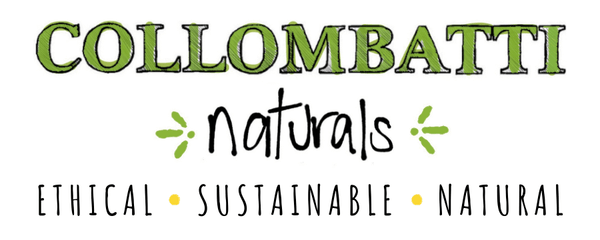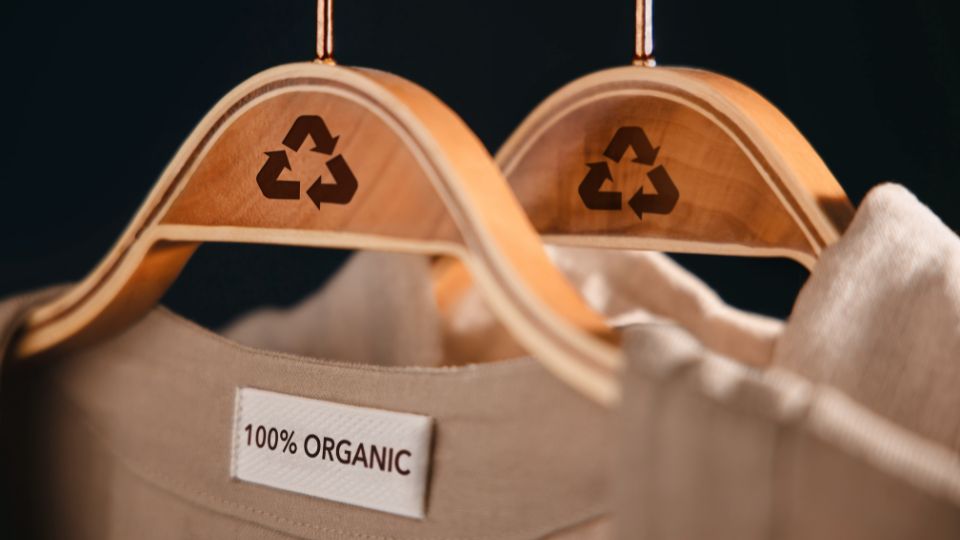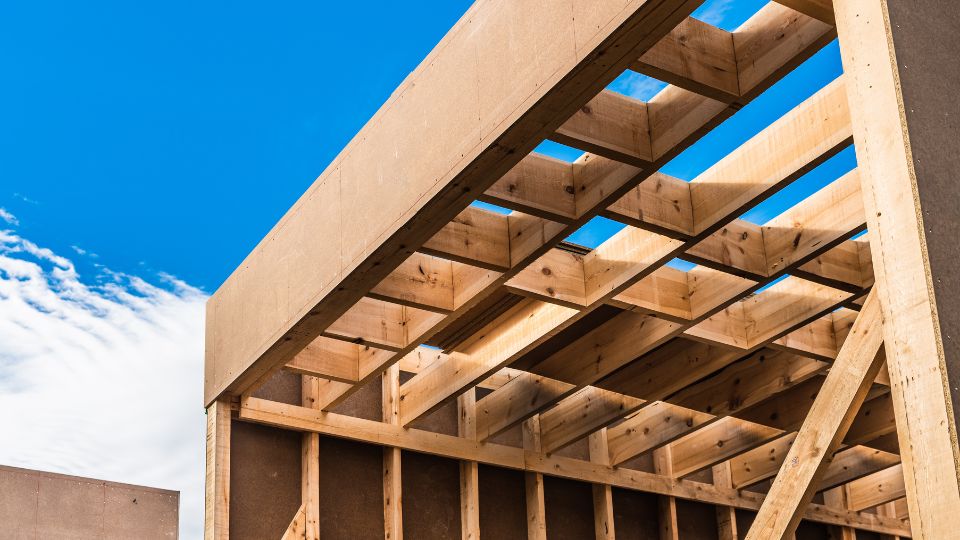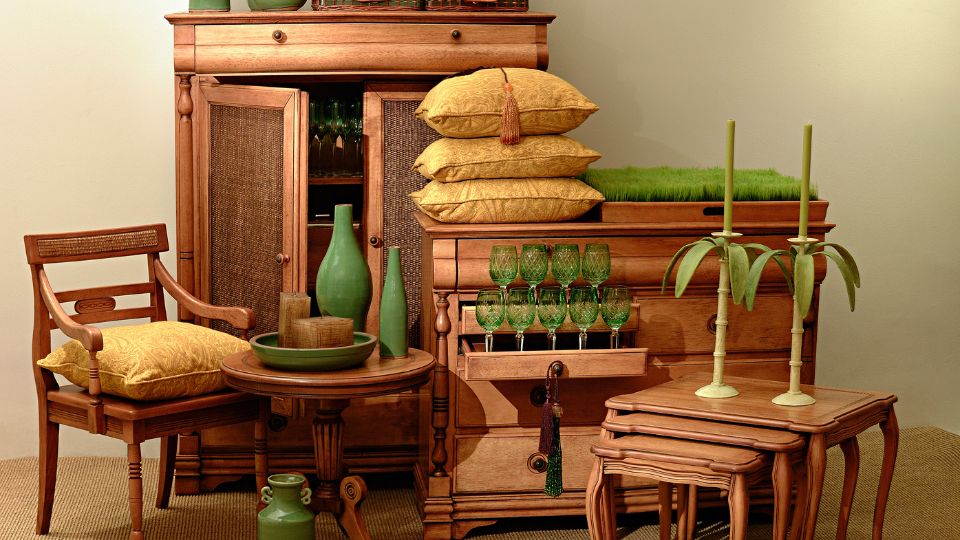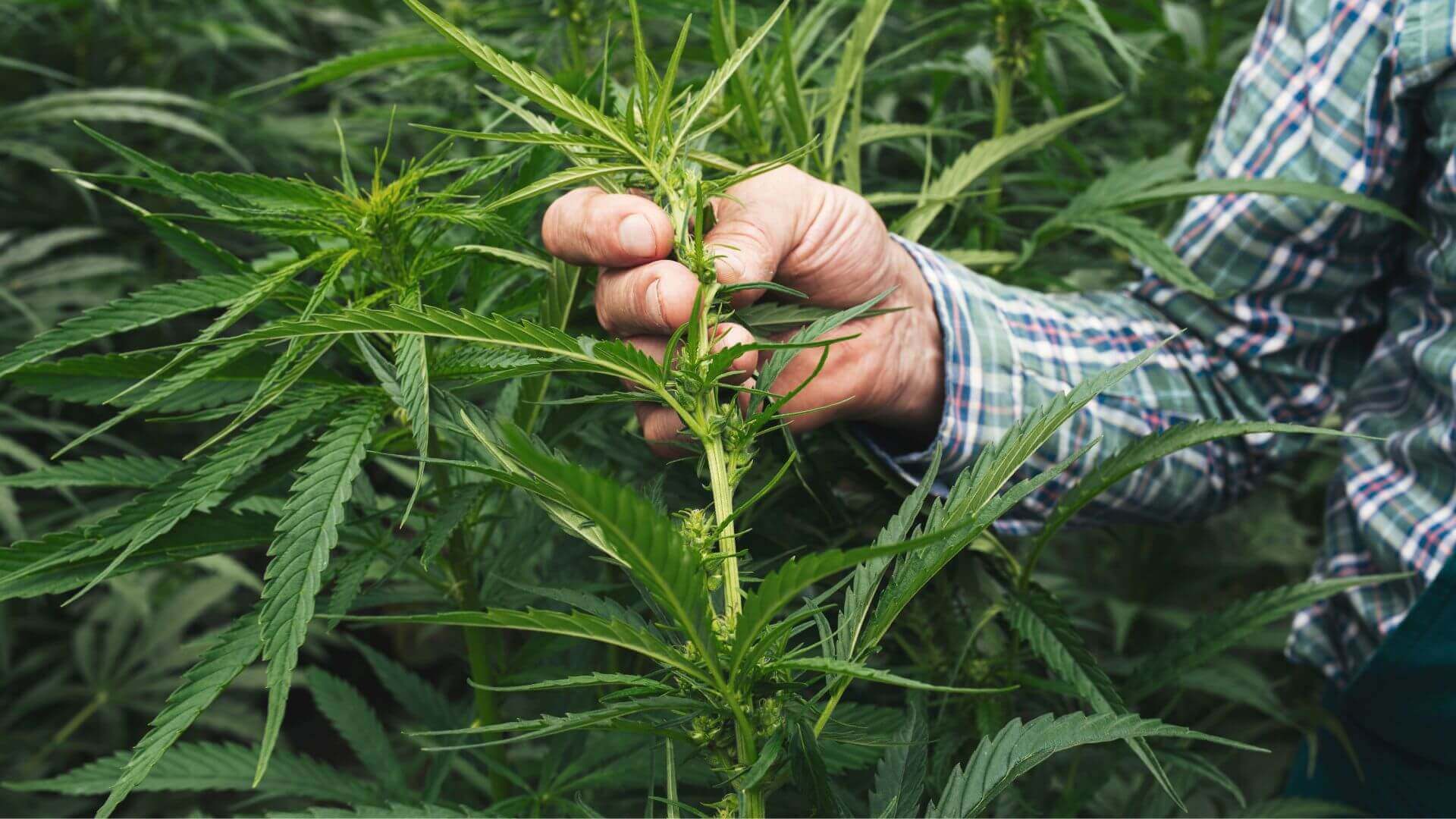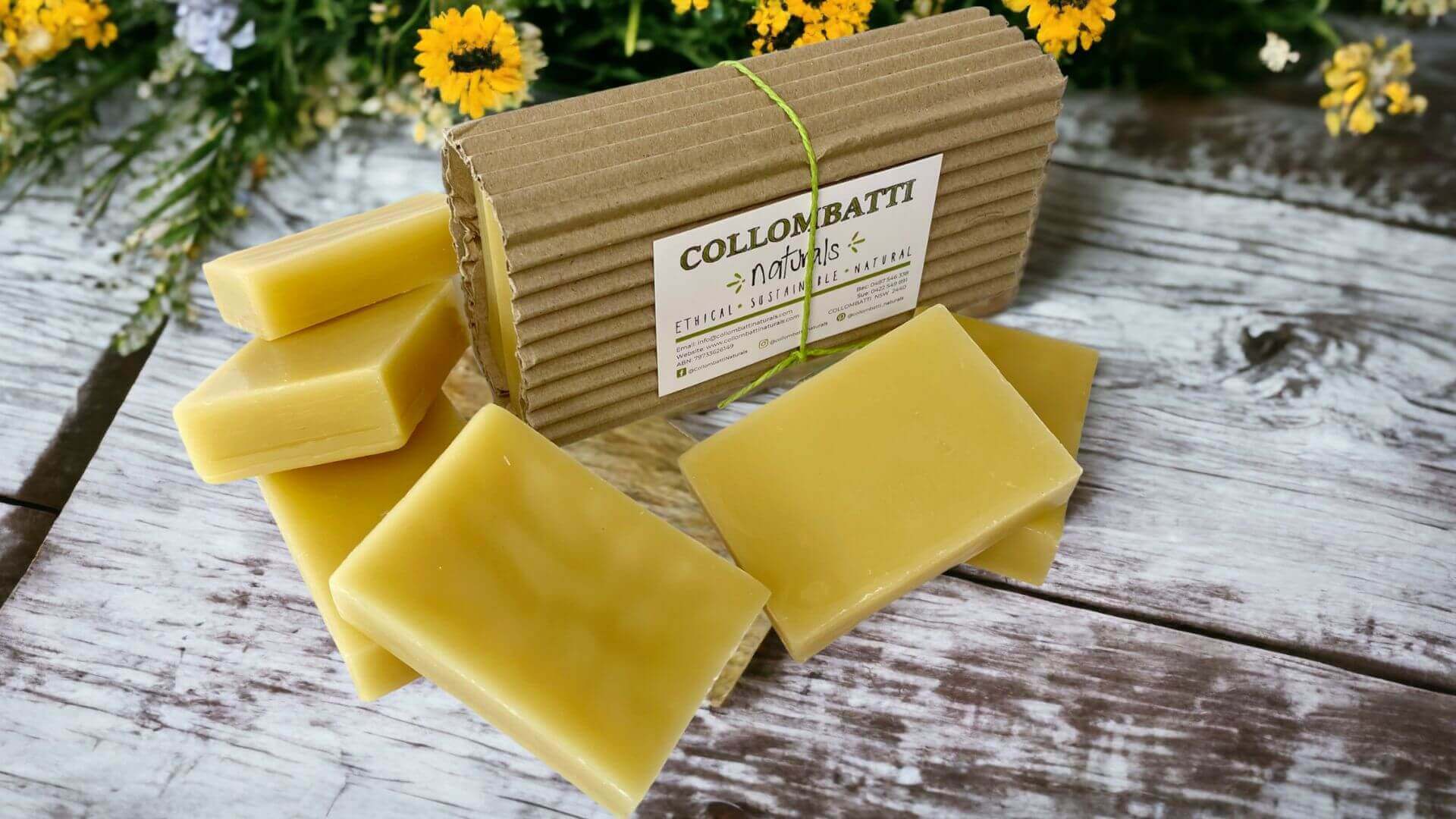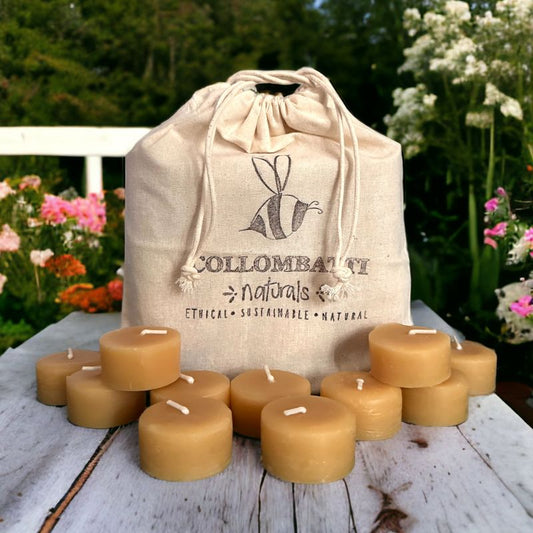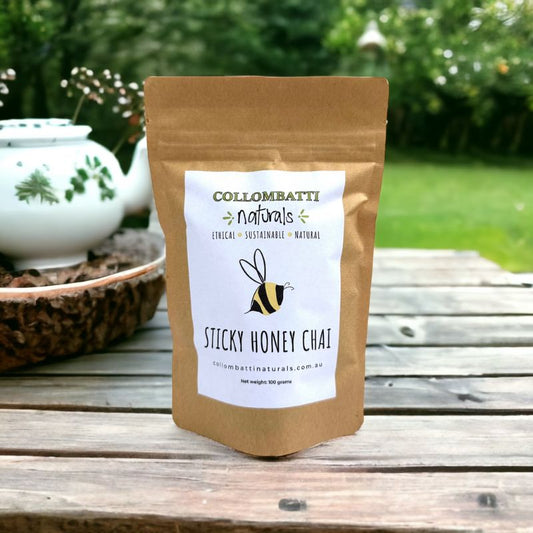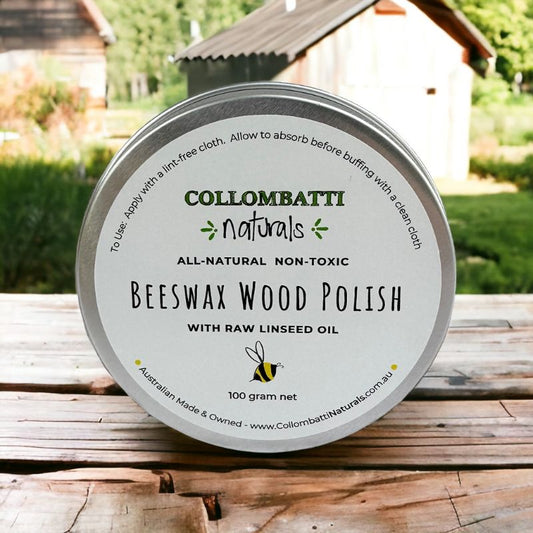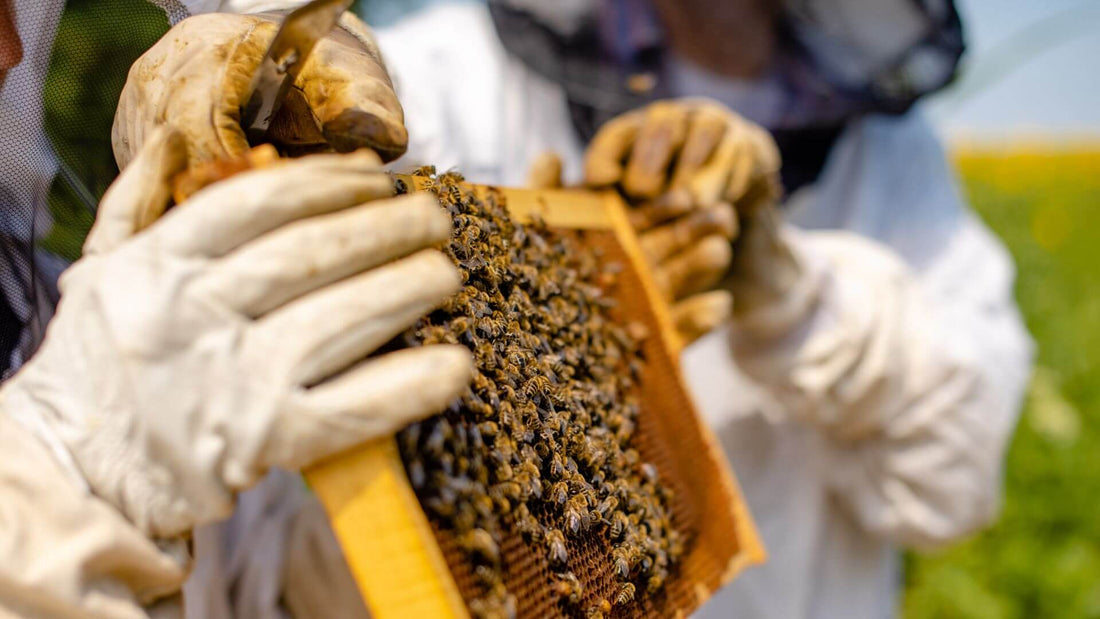
Embracing Sustainability: Exploring the Essence of Sustainable Products
Share
In a world increasingly concerned with environmental conservation, the concept of sustainability has become a prominent topic of discussion.
But what truly defines a product as sustainable?
In this weeks blog we delve into the core elements that make a product truly sustainable and the diverse array of resources and materials that contribute to their creation.
WHAT MAKE A PRODUCT SUSTAINABLE?
With the global movement against waste gaining momentum, the term "sustainability" has become ubiquitous. But what does it really mean for a product to be sustainable?According to Wikipedia, sustainable products are those that offer environmental, social, and economic benefits while safeguarding public health and the environment throughout their entire life cycle.
In simpler terms, they are products that do not harm the environment or people, decompose naturally, and may even enhance the environment.
These products are crafted from easily obtainable materials that pose no harm to the environment and leave minimal negative impact when disposed of.
Moreover, they must be accessible, both in terms of availability and affordability.
EXAMPLES OF SUSTAINABLE MATERIALS
A wide array of materials contribute to sustainable product manufacturing, each with its own unique benefits and applications.
Materials such as bamboo, wood, hemp, wool, clay, stone, sand, beeswax, and coconut are just a few examples of sustainable resources that align with our ethos of environmental stewardship.

HOW WE USE SUSTAINABLE RESOURCES
The versatility of sustainable resources knows no bounds. From clothing and construction to food and fuel, these materials find applications in every aspect of our lives.
Let's explore some examples:
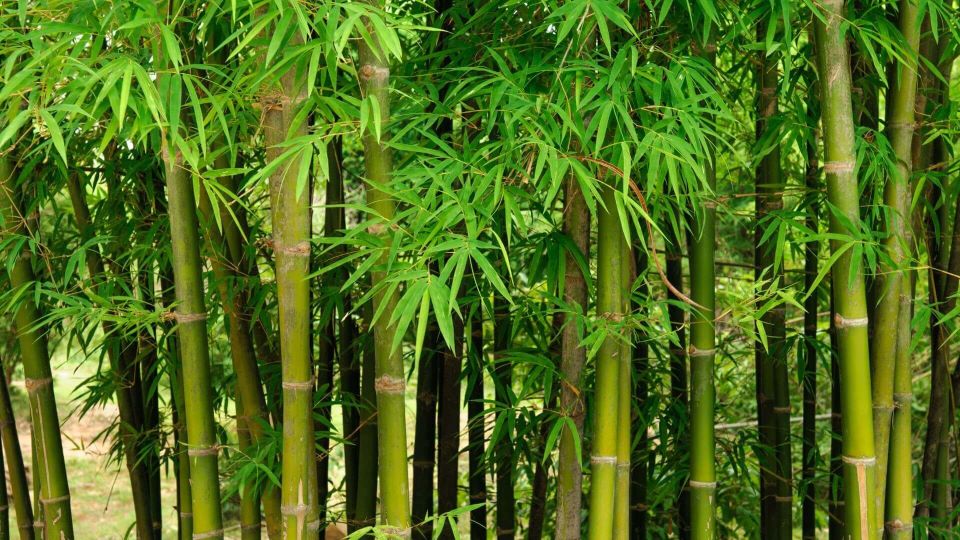
BAMBOO
As we unveil the essence of sustainability, let's delve into the remarkable versatility of bamboo.
This renewable resource has transcended traditional boundaries, finding its way into various facets of our lives.
From eco-friendly clothing options that prioritise comfort and style to innovative construction materials that redefine modern architecture, bamboo offers a sustainable solution for a wide range of applications.
Additionally, its culinary applications extend to the realm of food, where bamboo shoots add depth and flavour to diverse cuisines worldwide.
Furthermore, bamboo's gentle fibers make it an ideal choice for baby products, providing a safe and sustainable alternative for sensitive skin.
Bamboo's unparalleled adaptability has a pivotal role in shaping a greener future for generations to come.
WOOD
Wood stands as a testament to the harmony between humanity and nature, its sustainable harvesting practices minimising environmental impact while meeting the diverse needs of society.
As a building material, wood lends warmth and character to architectural marvels, seamlessly blending form and function.
From towering skyscrapers to quaint cottages, its versatility knows no bounds, offering structural integrity and aesthetic appeal in equal measure.
Furthermore, wood finds its place as a cornerstone of furniture design, its natural beauty enhancing living spaces with timeless elegance.
Crafted into tables, chairs, and cabinets, each piece tells a story of sustainability and craftsmanship, connecting us to the earth and our heritage.
Beyond its role in construction and decor, wood serves as a renewable fuel source, providing warmth and comfort to homes around the world.
From crackling fireplaces to efficient wood-burning stoves, its energy-efficient properties make it a preferred choice for heating in both rural and urban settings.
HEMP
Renowned for its unparalleled sustainability, hemp stands as a beacon of eco-friendliness in various industries.
From textiles that redefine fashion with their durability and breathability to construction materials that offer strength and insulation, hemp leaves a lasting impact on our built environment.
Additionally, its culinary versatility extends to the realm of food, where hemp seeds and oil provide essential nutrients and a rich, nutty flavour profile.

WOOL AND FLEECE
At Collombatti Naturals, our commitment to sustainability extends to cherishing the natural resources around us, including the fleece of alpacas and sheep.
With our own small herd of alpacas, we fully appreciate the versatility of these materials.
From crafting cosy knitwear, socks, and blankets from alpaca fleece to ensuring every part of their fiber is put to good use, we prioritise sustainability at every step.
Even the shorter fibres and rough fleece serve valuable purposes as dryer balls and high-nitrogen mulch around our fruit trees, enriching the soil and fostering a thriving ecosystem.
Sheep's wool, renowned for its exceptional insulating properties, serves dual purposes in our sustainable practices. Not only does it provide warmth in clothing, but it also plays a crucial role in eco-friendly construction, effectively insulating houses and reducing energy consumption.
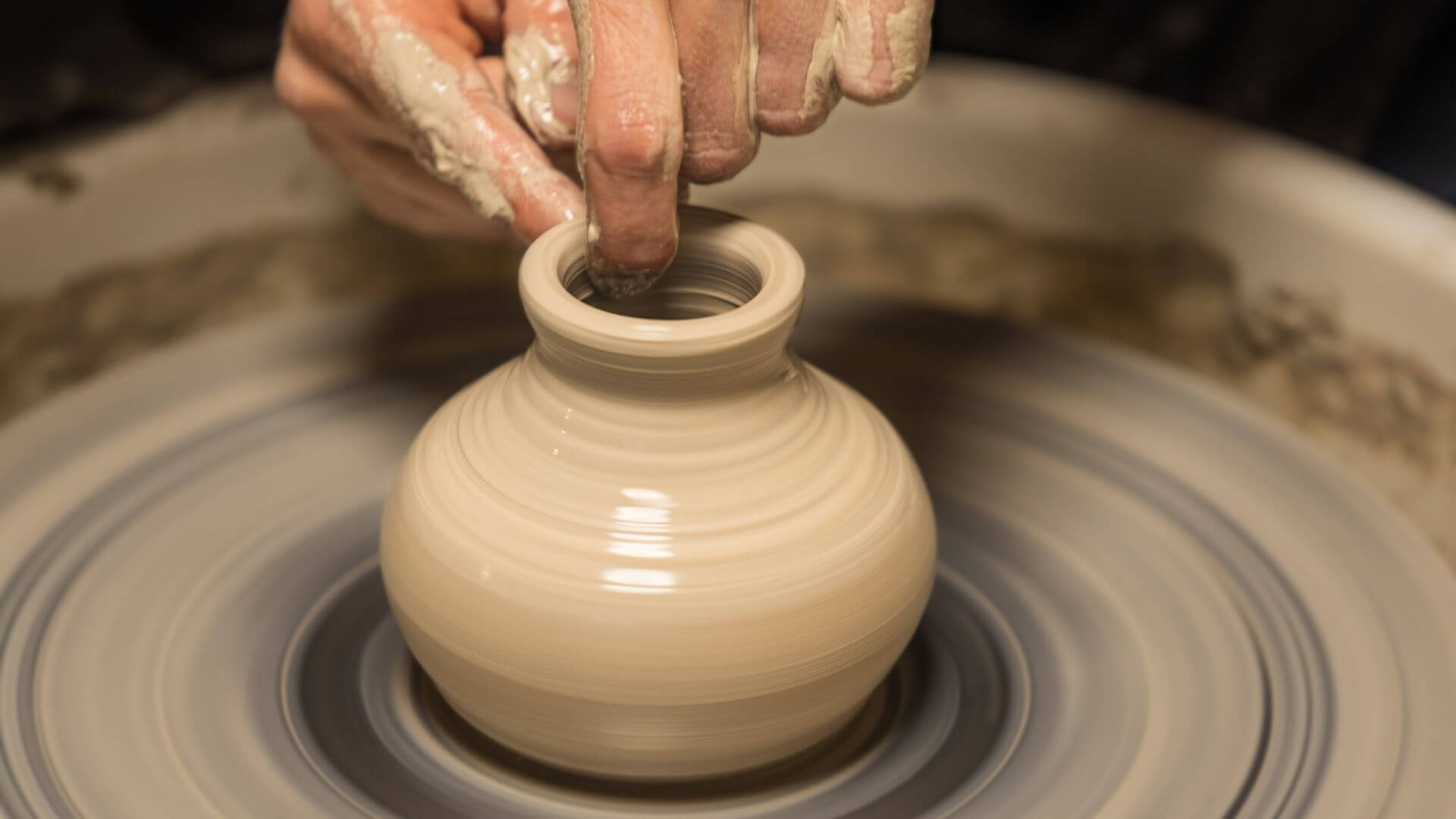
CLAY, STONE AND SAND
Clay, stone, and sand hold a timeless significance, their presence woven into the fabric of human history. These elemental resources have stood as pillars of innovation and sustainability, their versatility transcending generations.
In ancient civilisations, clay was revered for its malleability, serving as the cornerstone of pottery crafting and architectural marvels. From the intricate designs adorning amphorae to the towering walls of Mesopotamian ziggurats, clay embodied both artistry and functionality.
Similarly, stone has long been celebrated for its durability and strength, shaping the grandeur of ancient monuments and fortresses. From the enduring pyramids of Egypt to the majestic cathedrals of Europe, stone stands as a testament to human ingenuity and craftsmanship.
Sand, often overlooked in its simplicity, is the foundation of glassmaking, transforming into intricate vessels and artistic creations. Its abundance and adaptability have fueled the evolution of architecture and design, from stained-glass windows to modern skyscrapers.
Today, as we embrace sustainable living practices, the importance of clay, stone, and sand remains steadfast. From eco-friendly construction methods utilising natural materials to artisanal craftsmanship preserving ancient techniques, these elemental resources continue to inspire and innovate.
BEESWAX:
Beeswax plays a crucial role in our exploration of sustainability, epitomizing eco-conscious living in its natural state. Derived from the industrious work of honeybees, beeswax offers a renewable and environmentally friendly alternative to synthetic waxes.
Its versatility knows no bounds, with a multitude of applications highlighting its adaptability and usefulness. Whether it's the soft ambiance of beeswax candles illuminating snug spaces or the protective barrier it forms for our skin, as well as timber and leather, beeswax consistently demonstrates its value.
At Collombatti Naturals, we hold beeswax in high regard, recognizing its profound impact on our commitment to sustainability. We integrate locally sourced beeswax into many of our handcrafted products, harnessing its natural properties to enhance quality and sustainability.
From soothing honey balms and honey soaps to nourishing lip care, beeswax forms the foundation of numerous offerings, imbuing them with the nourishing benefits of nature's bounty.
Additionally, we proudly offer pure beeswax for all your crafting needs, inviting you to join us in embracing the beauty and sustainability of this remarkable natural resource.
With beeswax as a cornerstone of our ethos, we endeavor to cultivate a greener future where the harmony between humanity and nature flourishes.
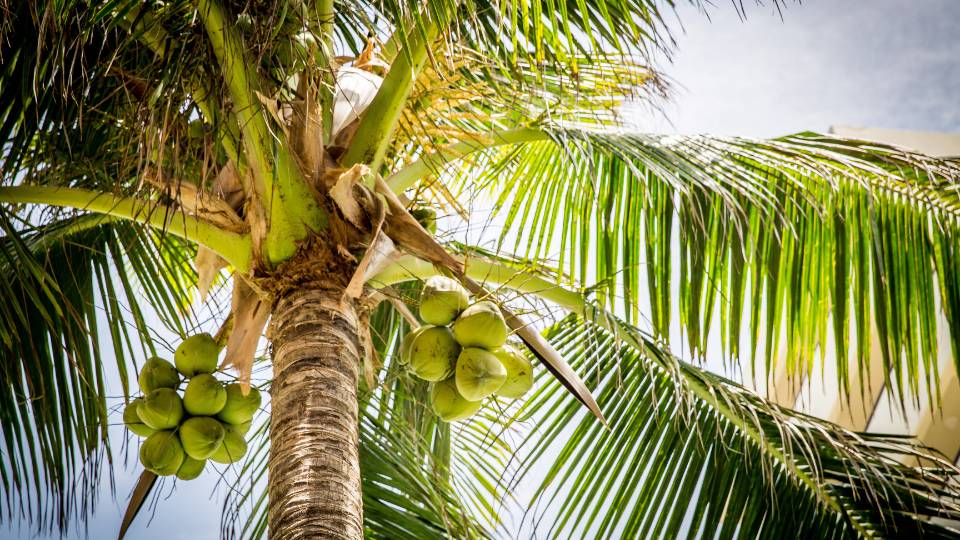
COCONUT
The coconut palm tree stands as a symbol of sustainability, offering a wealth of eco-friendly products that span across various industries. Beyond its delicious fruit and refreshing water, the coconut yields versatile resources that contribute to sustainable living practices.
In the realm of food, coconut products abound, from nutritious coconut oil to creamy coconut milk and flavorful coconut flour. These culinary staples not only satisfy our taste buds but also provide essential nutrients in a sustainable and eco-conscious manner.
In the realm of beauty, coconut-derived ingredients feature prominently in skincare and haircare products, renowned for their hydrating and nourishing properties. From moisturising lotions to rejuvenating hair masks, coconut-based formulations offer a natural and sustainable approach to self-care.
Furthermore, the coconut palm's resilient fibers find application in construction materials, such as durable coconut timber and eco-friendly coconut coir. These renewable alternatives to traditional building materials contribute to the construction of sustainable structures that minimize environmental impact.

EMBRACING SUSTAINABLE SOLUTIONS
As I journeyed through the realm of sustainable materials, I was awed by the abundance of wisdom and possibilities they embody.
These timeless resources, with their diverse applications, showcase both human creativity and the generosity of the natural world.
Now, more than ever, it's imperative that we embrace these sustainable alternatives and chart a course toward a brighter, greener future.
In the words of Jane Goodall:
"You cannot get through a single day without having an impact on the world around you.
What you do makes a difference, and you have to decide what kind of difference you want to make."
